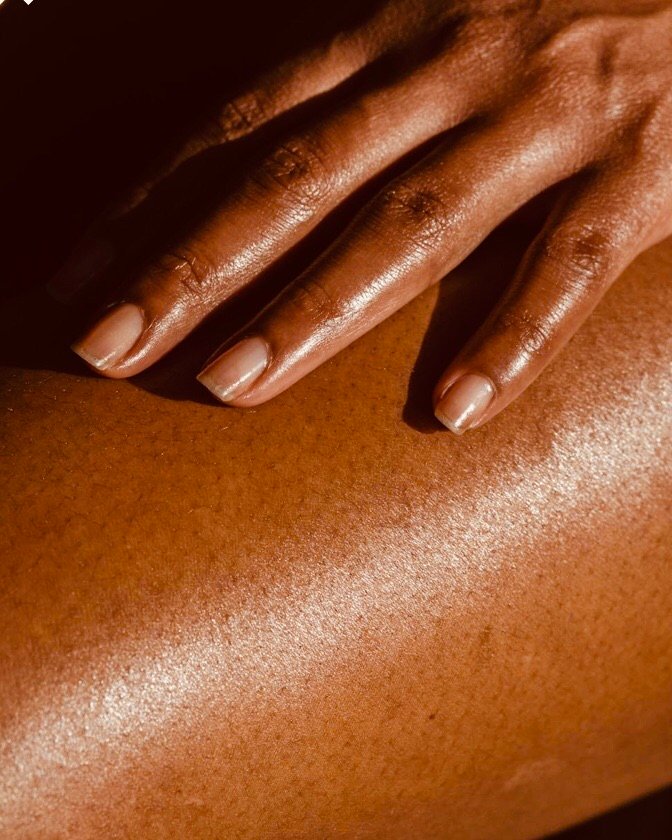APIN Public Health Initiatives Limited/Gte, formerly known as AIDS Prevention Initiative in Nigeria is a non-governmental organization registered with the Nigerian Corporate Affairs Commission (CAC). APIN has built a strong partnership with the Nigerian Government, which is memorialized through a memorandum of understanding (MOU) with the National Planning Commission. APIN is a leading Nigerian organization in the provision of prevention, care and treatment services to patients with HIV/AIDS, Tuberculosis; Malaria; Reproductive Health; Family Planning; Maternal, Newborn and Child Health, and other non-communicable diseases of public health significance.
APIN, in collaboration with the State Ministry of Health is recruiting a qualified person to fill this critical position necessary for programme implementation in Plateau State as indicated below:
Job Title: State Clinical Mentor
Job ID.: api-26755
Location: Jos, Plateau
Employment Type: Full-Time
Department: Clinical Services
Details
- The National AIDS, Sexually Transmitted Infections Control and Hepatitis Programme (NASCP) is a division of the Department of Public Health in the Federal Ministry of Health (FMoH).
- Its mandate is to coordinate the formulation and effective implementation of the Nigerian government policies, guidelines, and standard operating procedures for the prevention of new HIV infections as well as improve on the existing treatment, care, and support for those persons already infected and affected by the virus in the country.
- In collaboration with the USG, NASCP is implementing the first phase of National Clinical Mentoring in the HIV programme in 19 Nigerian States for improved HIV service delivery.
Job Summary
- The candidate must be domiciled in the state and be conversant with the terrain.
- S/He is expected to build the capacity of frontline Healthcare workers to provide quality HIV clinical services offered as part of a comprehensive package of care in both public and private facilities as well as in communities.
Responsibilities
- Provide on-site clinical training to health care workers on HIV treatment according to the national guidelines, including adult and pediatric ART and the treatment of tuberculosis and other opportunistic diseases.
- Provide training through clinical consultation, assisting local health care workers to identify key bottlenecks affecting patients’ access to antiretroviral therapy (ART), and helping them with direct patient care as needed
- Provide continuous medical education (CME), which may include didactic training sessions to health professionals, as needed. All training will be in accordance with the national guidelines.
- Provide health worker capacity-building sessions using various methodologies (including use of project ECHO, low bandwidth video conferencing).
- Assist as requested with facilitating sessions on the weekly ECHO videoconferencing sessions with health workers from various sites in the states
- Develop standard operating procedures for the provision of HIV clinical care at the health facility in collaboration with the Ministry of Health and other stakeholders. This may include troubleshooting problems with the patient flow, tracking defaulters, or clarifying referral pathways by developing appropriate algorithms
- Submit a monthly report on training and technical assistance activities, as well as findings and recommendations for strengthening services in the health facility and compliance with the national treatment guidelines
- Perform other duties related to clinical mentoring as assigned.
Minimum Qualifications
- Must possess a Degree in Medicine (MBBS or equivalent).
- Postgraduate qualification / Master’s level training in Public Health, Family Medicine, Internal Medicine, Pediatrics, or Obstetrics will be an advantage.
- Must be registered with the Medical and Dental Council of Nigeria
- At least 2 years experience in clinical HIV and AIDS care, including the provision of antiretroviral therapy (ART)
- Experience with program planning, assessment, and implementation of HIV clinical care programs will be an advantage.
- Previous experience in HIV-related operational research is an advantage
- Good knowledge of current trends and normative guidance (national and international) in HIV clinical care and service delivery
- Willingness to travel to clinics and hospitals in assigned geographical areas within the State
Required Competencies / Skills:
- Coaching and mentoring ability
- Strong interpersonal skills and ability to work with people of different backgrounds
- Ability to apply problem-solving skills to challenges.
- Strong organizing and planning skills
- Sensitivity to different cultural working environments
- Ability to analyze and interpret data, and write reports
- Capacity to operate both as a team player in large diverse teams as well as individually.
- Self-motivated with a strong work ethic
- Proficiency in the use of computers and software/applications such as presentation software, spreadsheets, and video conferencing.
Application Closing Date
19th May, 2024.
Method of Application
Interested and qualified candidates should:









